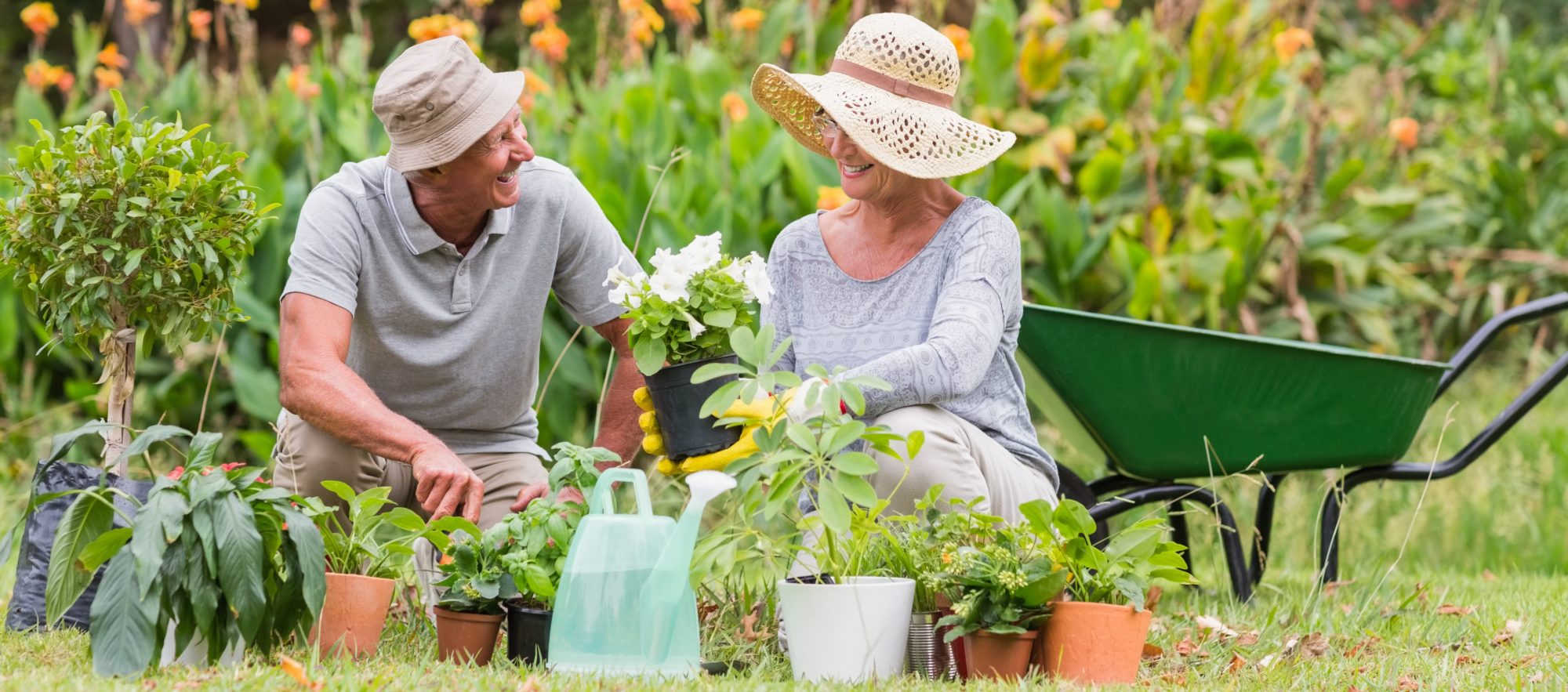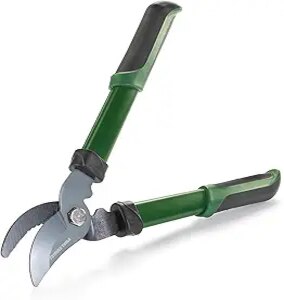The Comprehensive Guide to Gardening: Discover the Advantages of Different Designs and Approaches
Gardening encompasses a diverse range of designs and methods, each offering special benefits tailored to specific choices and ecological contexts. As we discover these different designs, it ends up being noticeable that the selections made can substantially influence both the yard's health and its contribution to the surrounding environment.
Recognizing Gardening Essentials
Understanding the fundamentals of gardening is essential for growing a flourishing and lasting garden. An effective horticulture undertaking starts with a solid structure of expertise concerning dirt, plant selection, and climate considerations. Healthy and balanced dirt is the foundation of any type of garden; it offers essential nutrients, water retention, and an environment for beneficial microorganisms - Gardening. Evaluating dirt pH and nutrient levels can direct modifications to maximize plant growth.
Selecting the right plants is just as important. Recognizing their details needs-- such as sunshine, water, and spacing-- ensures compatibility with the local climate and soil problems. This selection process ought to also consider the growth routines and lifecycle of plants, enabling a well balanced and aesthetically pleasing garden.
Moreover, efficient sprinkling methods are crucial. Over-watering and under-watering can both result in plant anxiety and disease. Carrying out a timetable based on seasonal changes and plant requirements can boost water effectiveness.
Popular Horticulture Styles
What defines the essence of popular gardening designs? These styles encapsulate varied visual principles, practical needs, and environmental considerations, inevitably mirroring the gardener's individual vision. Amongst the most popular styles is the home yard, identified by its informal format and a lively array of flowers and vegetables. This strategy highlights a harmonious blend of shade and structure, producing an inviting atmosphere.
Alternatively, the formal yard symbolizes proportion and order, often including geometric patterns and carefully cut hedges. This style communicates beauty and sophistication, with thoroughly chosen plants that strengthen a structured visual.
The Japanese yard supplies a calm and reflective experience, making use of natural environments like water, stones, and plants to develop a peaceful setting. It concentrates on simpleness and equilibrium, encouraging reflection.
Additionally, xeriscaping has obtained popularity, specifically in dry regions (Gardening). It prioritizes drought-resistant plants and reliable water usage, advertising sustainability while improving landscape elegance
Benefits of Container Gardening
Container horticulture uses a wide range of advantages that make it an enticing option for both beginner and knowledgeable gardeners alike. One of the main benefits is adaptability; containers can be placed in various places, enabling garden enthusiasts to optimize sunlight direct exposure and develop aesthetically appealing arrangements. This adaptability makes it possible to yard in rooms where conventional in-ground gardening might not be viable, such as balconies, outdoor patios, or metropolitan settings.
Furthermore, container gardening supplies much better control over dirt problems. Gardeners can customize the soil mix to suit particular plants, making sure optimum drainage and nutrient availability. This is particularly useful for people living in locations with inadequate or polluted soil.
An additional considerable benefit is the reduced danger my review here of insects and conditions. Container plants can be kept an eye on a lot more easily, and any kind of issues can be addressed without delay. Additionally, this method can decrease the spread of invasive varieties.
Lasting Horticulture Practices
Sustainable horticulture methods are crucial for advertising environmental wellness and enhancing biodiversity in our ecosystems. These practices prioritize eco-friendly balance, resource conservation, and using organic techniques to decrease negative environmental effects. By utilizing methods such as composting, garden enthusiasts can reduce waste while enhancing dirt health, consequently cultivating a flourishing yard community.
Water preservation is another vital facet of sustainable gardening. Techniques such as rain harvesting, drip watering, and making use of drought-resistant plants can dramatically reduce water usage while making certain that plants receive sufficient wetness. In addition, integrating indigenous plant varieties right into yard layouts supports regional wild animals and minimizes the demand for chemical plant foods and chemicals, which can be dangerous to the environment.

Eventually, sustainable horticulture techniques not only add to healthier yards however also promote an even more resistant environment, providing long-term advantages to both the garden enthusiast and imp source the bordering area.
Tips for Successful Gardening
To grow a thriving yard, gardeners should prioritize cautious planning and thoughtful execution of their gardening techniques. Begin by examining the regional environment and dirt problems, as these aspects significantly influence plant selection and growth. Choose plants that are appropriate to your atmosphere, considering native species that will love minimal treatment.
Implementing a well-structured format is essential (Gardening). Use buddy growing strategies to advertise biodiversity and all-natural bug control, while ensuring each plant has sufficient space for development. This not just improves appearances however likewise improves overall plant wellness
Routine maintenance is key to a successful yard. Develop a constant schedule for watering, weeding, and fertilizing. Mulching can help maintain wetness and subdue weeds, while also including natural issue to the soil.
Routinely monitoring plant health and wellness and development will permit for timely treatments. Be open to learning and adjusting; horticulture is a constant procedure that benefits from experience and trial and error.
Conclusion


In summary, the exploration of diverse horticulture designs and methods reveals their complex advantages, adding to both aesthetic charm and ecological health. Container gardening offers flexibility and availability, while sustainable practices boost environmental stewardship. right here By incorporating different strategies and methodologies, garden enthusiasts can enhance their initiatives, promote biodiversity, and develop practical outdoor spaces. Inevitably, this extensive overview functions as a valuable source for cultivating effective gardening experiences, cultivating a deeper link with nature and the surrounding ecosystem.